COGA Fact Sheet: Well Pad Siting
Siting an oil and natural gas facility involves several factors, starting with mineral ownership and an operator’s ability to physically access that property with modern horizontal drilling practices, and ending with conditional requirements often required by local governments.
The overall success of an oil and natural gas development location begins with preliminary site analysis. That includes factors like surface access to minerals based on existing community development and zoning, environmental impacts, safety, geology, topography, adequate vehicle access to and from the site, wildlife, ecologically sensitive areas, floodplain limitations, stormwater control, and much more. In addition to the site analysis characteristics, economic balance must be considered prior to any development proposal begins to ensure that the project will be financially solvent.
Historically, operators would drill single wells accessing an area of about 400 to 500 feet, with the requirement of drilling many different surface locations. Modern practices allow operators to drill horizontally up to 1.5 to 2 miles away from a single location. This allows for contemporary pad sites where multiple wells are drilled, creating economies of scale for oil and natural gas operations and the use of cost-effective emission reduction controls, which greatly reduces the environmental footprint at the surface while also improving air quality in the long run.
Site Selection
Each area of consideration is coordinated through a diverse set of specialized staff who analyze technical data, ownership information, negotiate surface locations, determine regulatory requirements and assess operational viability all while looking through the lens of compliance, safety and environmental responsibility.
Technical Planning for Development
Development Rights: Development leases, which are the contracts between the operator and mineral owners, grant an operator surface access and the right to drill in exchange for an ongoing payment to the mineral owner based on production, which is called a royalty.
Geologic Evaluation: Identifying and characterizing the geology of the resource, such as rock porosity, permeability, and subsurface faulting, is critical. That analysis also includes reviewing previous development (both vertical and horizontal) within the area of interest. This evaluation looks at the ideal horizontal length of the proposed wellbores, the best portion of the formation to target, and the economics.
Drilling Evaluation: Drilling staff must assess and determine drilling location feasibility, including proposed distances, likely torque and drag that will occur while drilling, and identification of historical wells to prevent collisions with existing infrastructure. Staff will establish rig-specific requirements for all proposed locations and provide guidance on the surface footprint required for development. (See “directional drilling.”)
Completions Assessment: The Completions team must also review and comment on proposed wellbore configurations, develop a detailed water plan to include sourcing, transportation, and storage of water, and assess other operations in the area to avoid possible interference.
Land Owners and Surface Considerations
Land Due Diligence: Staff will conduct thorough title reviews to determine the most viable well and production facility siting options. This effort includes a comprehensive review of surface and mineral ownership, existing and planned or potential future use of surface properties, and an initial understanding of surface owners’ support for development of oil and natural gas.
Surface Owners Rights: In Colorado, both the surface and mineral owner have established legal rights and protections which arise under statutory and common law (court cases). The best means of mutually accommodating each owner’s rights is through open engagement and proactively working to address any questions or desires.
The Reasonable Accommodation Doctrine - Mineral owners must reasonably accommodate surface use.
Surface Owner’s Protection Act (2007 Colorado state statute) - Requires the negotiation of a surface owner agreement between the surface owner and the oil and natural gas company.
Surface Owner Consultation and Negotiations: When locations are proposed, comprehensive surface-related impacts and decisions are discussed with surface owners when siting a well and/or production facility, for example: disturbance area, well count and spacing, road access, power, flowlines and pipelines, crops, construction, environmental mitigation, and surface reclamation, which are then formalized in a contract between the surface owner and company.
Regulatory and Setback Requirements
Setback Regulations: Well siting decisions are highly influenced by the regulatory framework governed by the Colorado Oil and Gas Conservation Commission, which can include minimum setback requirements from occupied structures, property lines, roads, and other considerations. Often, these matters are specifically addressed in contract language, or they may trigger additional regulatory processes once a siting/location preference is determined.
Operational Feasibility
Assessing Operational Feasibility: Review of existing surface infrastructure for compatibility and suitability with the proposed location can reveal the need for new roads, power sources, flowlines and pipelines, and mitigation and reclamation actions.
Detailed Location Assessment: Operational feasibility for a potential site is further determined by conducting a detailed location assessment reviewing floodplain, wildlife impacts, local permitting, off-lease location, urban mitigation areas, federal minerals, in addition to setback requirements from homes, buildings, density, schools, and daycare centers.
Additional Resources & Information
Colorado Oil & Gas Conservation Commission (COGCC) | www.cogcc.state.co.us
The American Association of Professional Landmen (AAPL) | www.landman.org/home
The Denver Association of Petroleum Landmen (DAPL) | www.dapldenver.org



